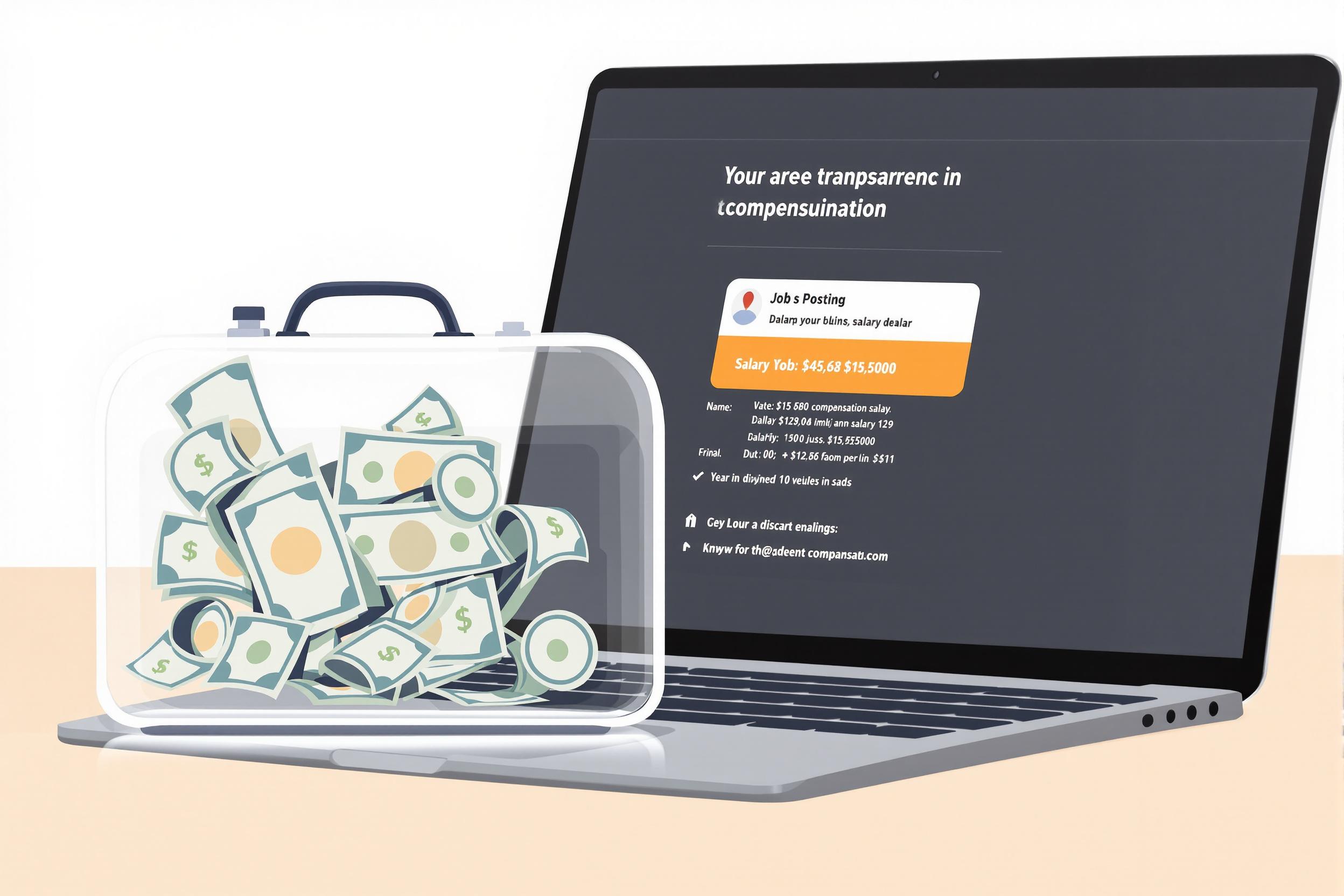
Price Elasticity
Price elasticity is a key concept in retail that shows how much customer buying behavior changes when prices change. It helps merchandisers and retailers understand if raising or lowering prices will make more money overall. For example, if a small price increase causes many customers to stop buying (highly elastic), it might not be a good idea. But if customers keep buying despite price changes (inelastic), there might be room to increase prices. This knowledge is essential for pricing strategies, promotions, and inventory decisions in retail.
Examples in Resumes
Analyzed Price Elasticity to optimize pricing strategies across seasonal product lines
Used Price Elasticity data to create successful promotional campaigns
Developed pricing recommendations based on Price Elasticity studies for key product categories
Typical job title: "Pricing Analysts"
Also try searching for:
Where to Find Pricing Analysts
Professional Organizations
Online Communities
Learning Resources
Example Interview Questions
Senior Level Questions
Q: How would you develop a pricing strategy for a new product line considering price elasticity?
Expected Answer: A senior candidate should explain how they would gather historical data, analyze competitor pricing, consider seasonal factors, and test different price points to determine optimal pricing. They should mention using both data and market knowledge to make decisions.
Q: Tell me about a time when you used price elasticity analysis to solve a business problem.
Expected Answer: Look for examples of how they've used price elasticity to make strategic decisions, such as setting promotional calendars, determining markdown timing, or adjusting prices across different markets.
Mid Level Questions
Q: How do you measure the success of a pricing decision?
Expected Answer: Should discuss tracking sales volume, revenue, margins, and customer response. Should mention comparing results against forecasts and making adjustments based on findings.
Q: What factors besides price can affect product demand?
Expected Answer: Should mention seasonality, competition, economic conditions, fashion trends, weather, and customer preferences. Understanding these shows awareness of broader retail context.
Junior Level Questions
Q: What is price elasticity and why is it important in retail?
Expected Answer: Should be able to explain in simple terms how price changes affect sales volume and why this matters for making pricing decisions.
Q: How would you gather data to analyze price elasticity?
Expected Answer: Should mention looking at historical sales data, price points, promotional history, and competitor pricing. Basic understanding of data collection methods is important.
Experience Level Indicators
Junior (0-2 years)
- Basic data analysis and Excel skills
- Understanding of retail math
- Knowledge of basic pricing concepts
- Ability to track sales patterns
Mid (2-5 years)
- Advanced pricing analysis
- Competitive market analysis
- Promotion planning
- Forecasting and trend analysis
Senior (5+ years)
- Strategic pricing leadership
- Advanced analytics and modeling
- Cross-category optimization
- Team management and strategy development
Red Flags to Watch For
- Unable to explain basic pricing concepts
- No experience with data analysis tools
- Lack of understanding of retail business metrics
- No knowledge of competitive market analysis
Need more hiring wisdom? Check these out...

Cutting HR Costs Without Sacrificing Quality: A How-To for Savvy Executives

Salary Transparency Laws: What HR Leaders Need to Know

Unlocking the Competitive Edge: Benchmarking Your Talent Acquisition Metrics

